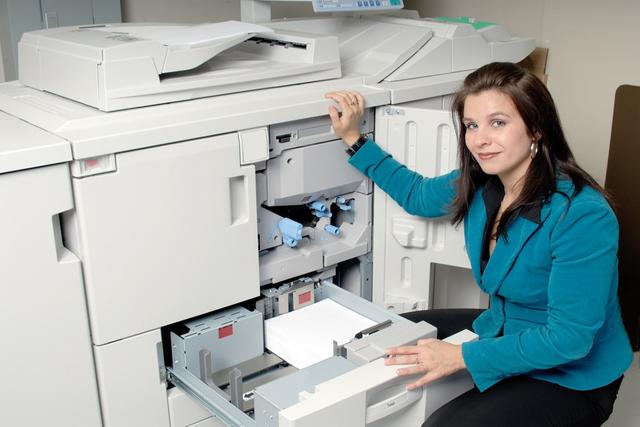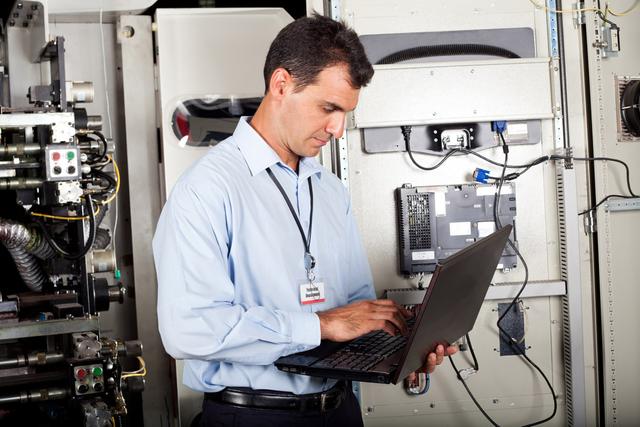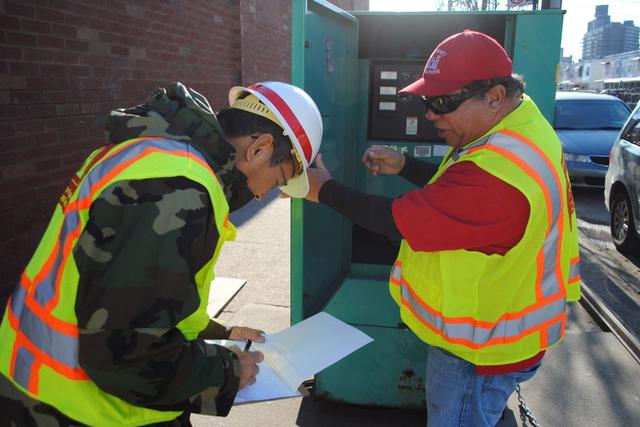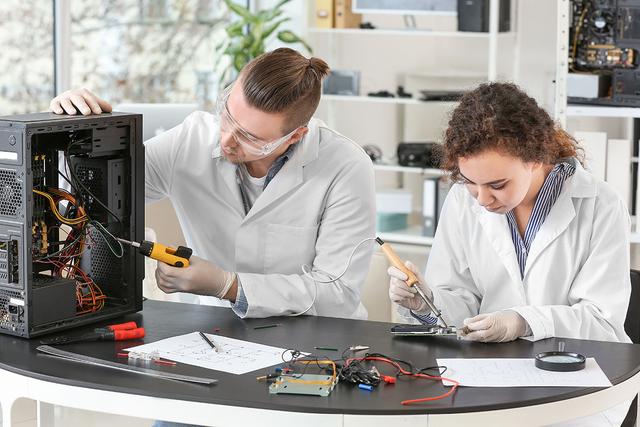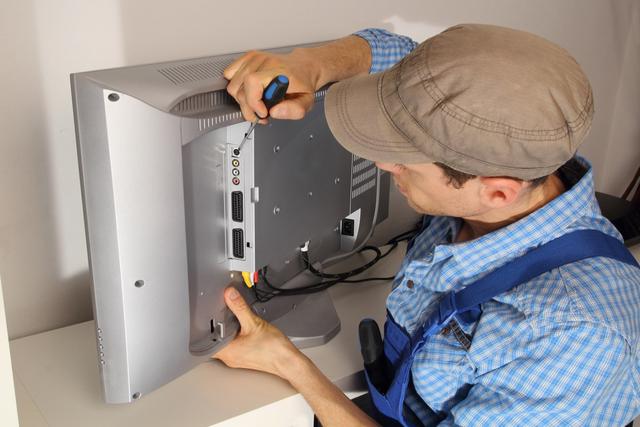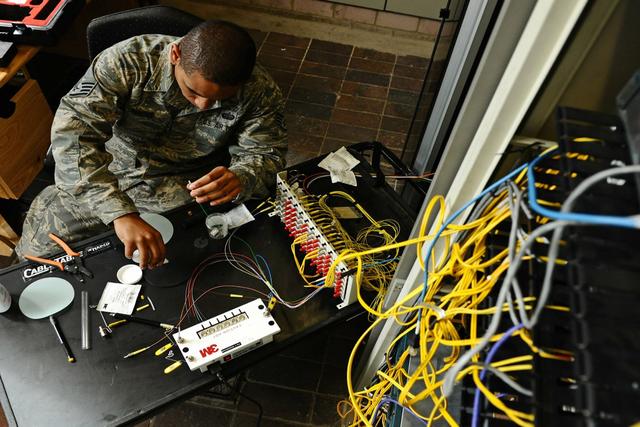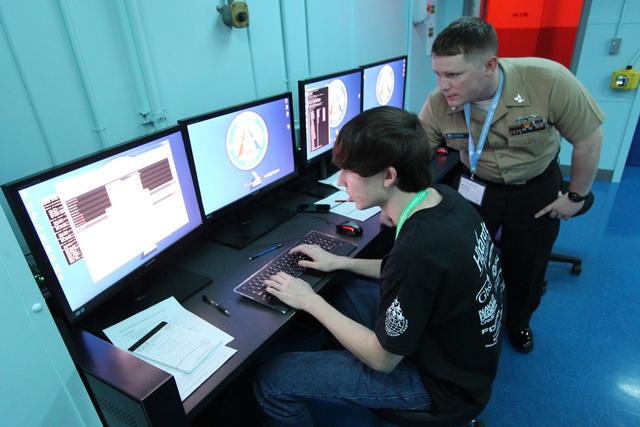Cable Television Technicians
Overview
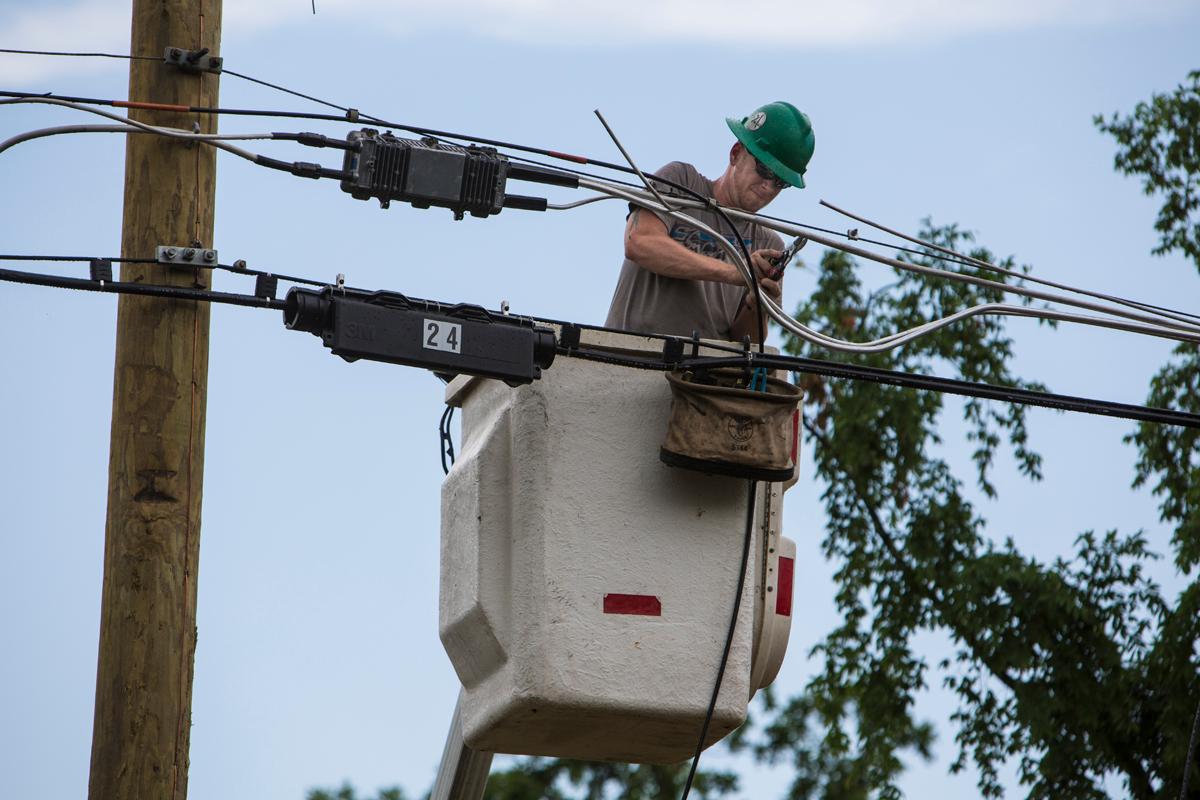
Introduction
Cable television technicians install, inspect, maintain, and repair antennas, cables, and amplifying equipment used in cable television transmission. As of May 2023, there are approximately 159,670 people working as telecommunications equipment installers and repairers, including cable television equipment servicers, according to the U.S. Department of Labor.
Quick Facts
Median Salary
Employment Prospects
Minimum Education Level
Experience
Skills
Personality Traits
Earnings
In June 2024, Glassdoor reported the average annual salary for cable television installers was $67,000. According to the U.S. Department of Labor, as of May 2023, the average annual pay for telecommunications equipment installers and repairers, excluding line installers and repairers, was $61,270. Salaries, however, vary based on the type of job done, an employees experience and education, and ...
Work Environment
The work is moderately heavy, involving occasional lifting of up to 50 pounds. A large part of the cable television technicians time is spent on ladders and poles or in confined or underground spaces. These activities require care and precision. As with all maintenance work around conductors, there is some danger of electrical shock. The coaxial cables used to transmit television signals are fr...
Outlook
Employment for telecommunications equipment installers and repairers is expected to grow by 4 percent through 2032, according to the U.S. Department of Labor (DOL). General installation and maintenance work wont be in high demand because many buildings are now prewired and modern telecommunications equipment is sturdier and more reliable than it has been in the past. This development will likel...
